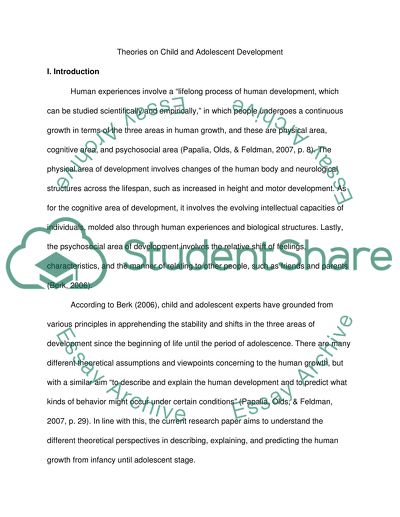Cite this document
(“Child and Adolescent Development Essay Example | Topics and Well Written Essays - 2750 words”, n.d.)
Retrieved from https://studentshare.org/psychology/1400238-child-and-adolescent-development
Retrieved from https://studentshare.org/psychology/1400238-child-and-adolescent-development
(Child and Adolescent Development Essay Example | Topics and Well Written Essays - 2750 Words)
https://studentshare.org/psychology/1400238-child-and-adolescent-development.
https://studentshare.org/psychology/1400238-child-and-adolescent-development.
“Child and Adolescent Development Essay Example | Topics and Well Written Essays - 2750 Words”, n.d. https://studentshare.org/psychology/1400238-child-and-adolescent-development.


